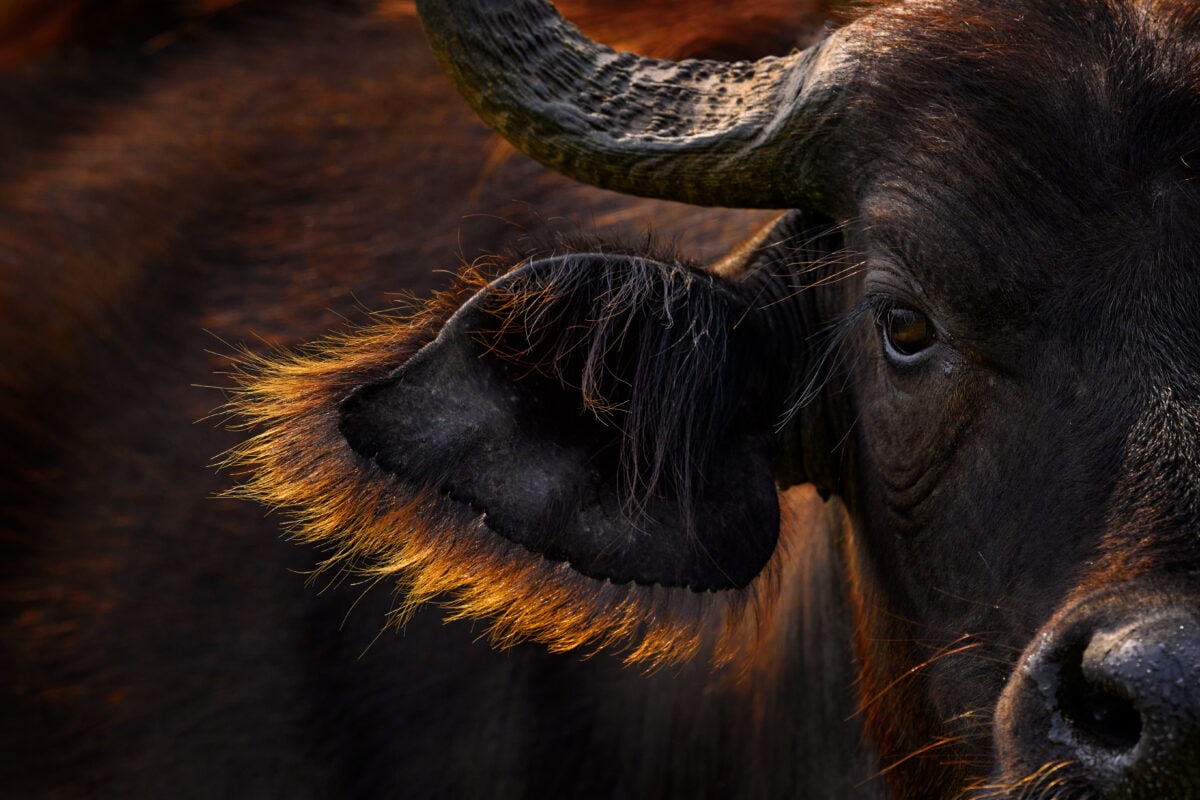The terms buffalo and Bison are often used interchangeably. However they actually refer to two distinct species. Each species differs significantly in appearance and habitat. However both species play an important role in the ecosystem.
North America
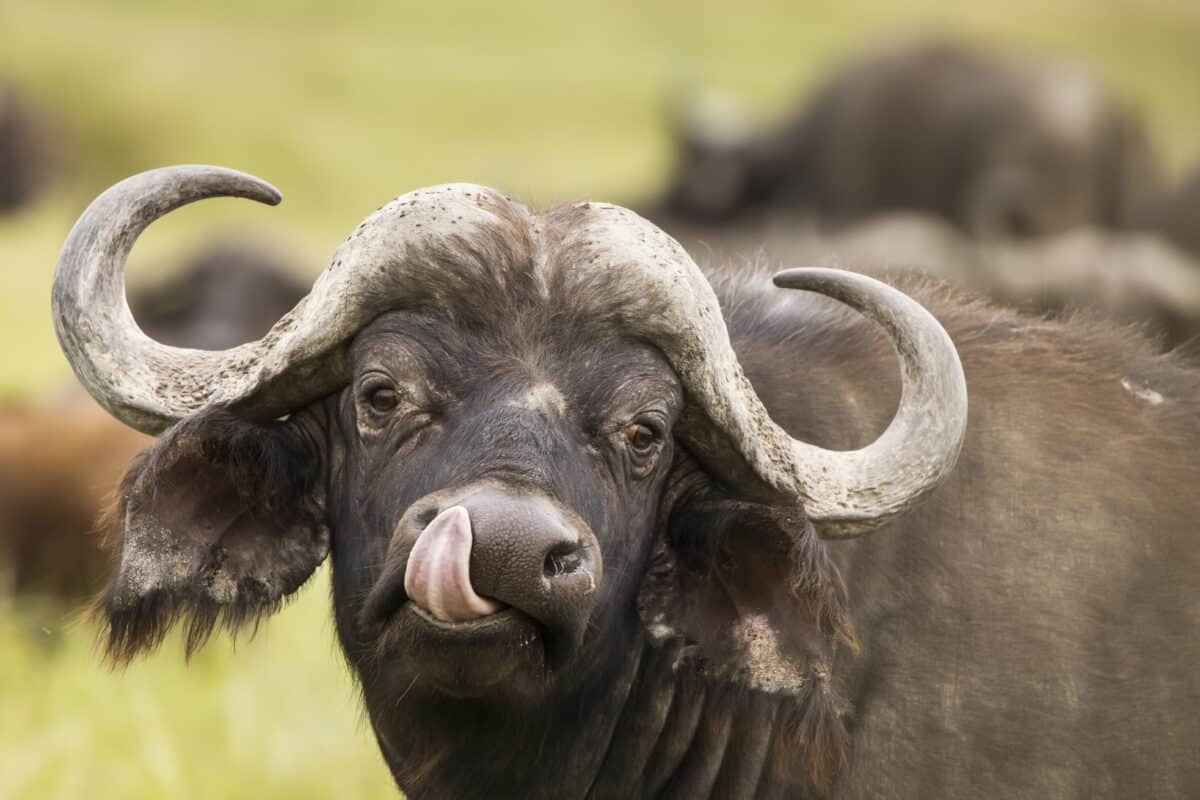
The most notable difference between bison and buffalo populations are their geographic distribution. Bison are found primarily in North America. Two main species exist. The American bison (Bison bison) inhabits the United States, Canada and Mexico, while the European bison, or wisent (Bison bonasus) inhabits parts of Europe.
African and Asia
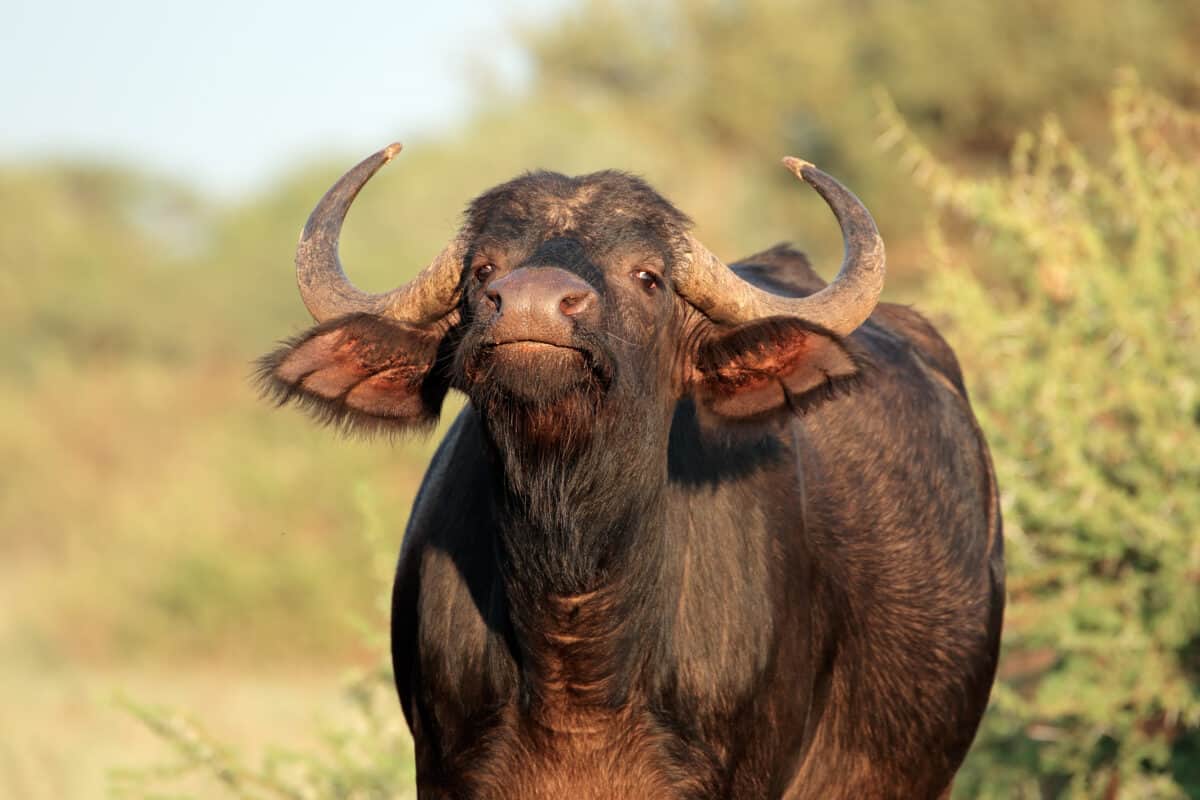
Buffalo inhabit Africa and Asia. The African buffalo (Syncerus caffer) are native to sub-Saharan Africa. While the water buffalo (Bubalus bubalis) is a domesticated buffalo which serves as an important part of agriculture in countries such as India, China and throughout Southeast Asia.
Physical Differences
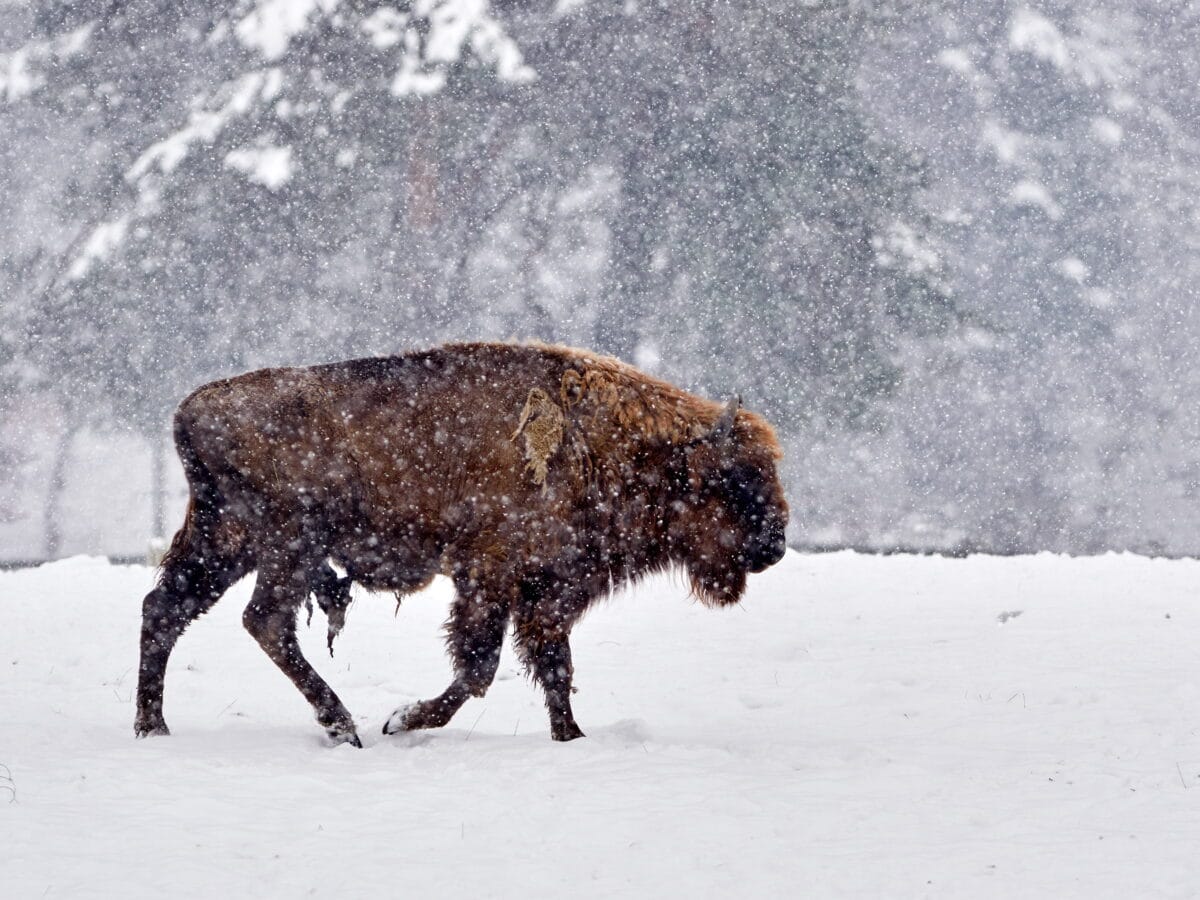
Bison are characterized by their large heads and hump. Their shaggy fur coat is also noticeably different to buffalo. Buffalo have larger horns than bison. Water buffalo in particular grow very large horns. Buffalo do not have the pronounced hump as the bison do.
Conservation status
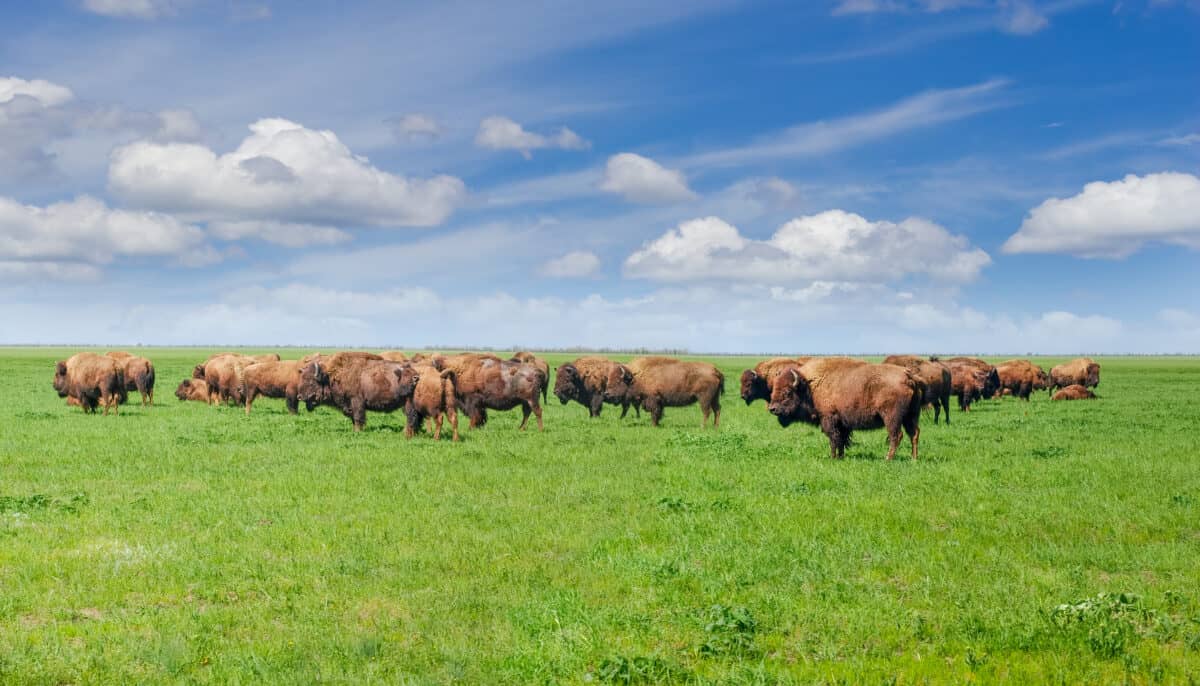
Both buffalo and bison face threats due to habitat loss and hunting. The American bison was hunted to near extinction in the 19th century, however conservation efforts have helped revive some populations. The European bison also faced extinction in the wild. Conservation efforts have helped reintroduce them in several areas. The African buffalo is protected in many conservation areas in Africa. While the water buffalo’s domesticated status provides it with a certain buffer against extinction.
Social Structure of Bison
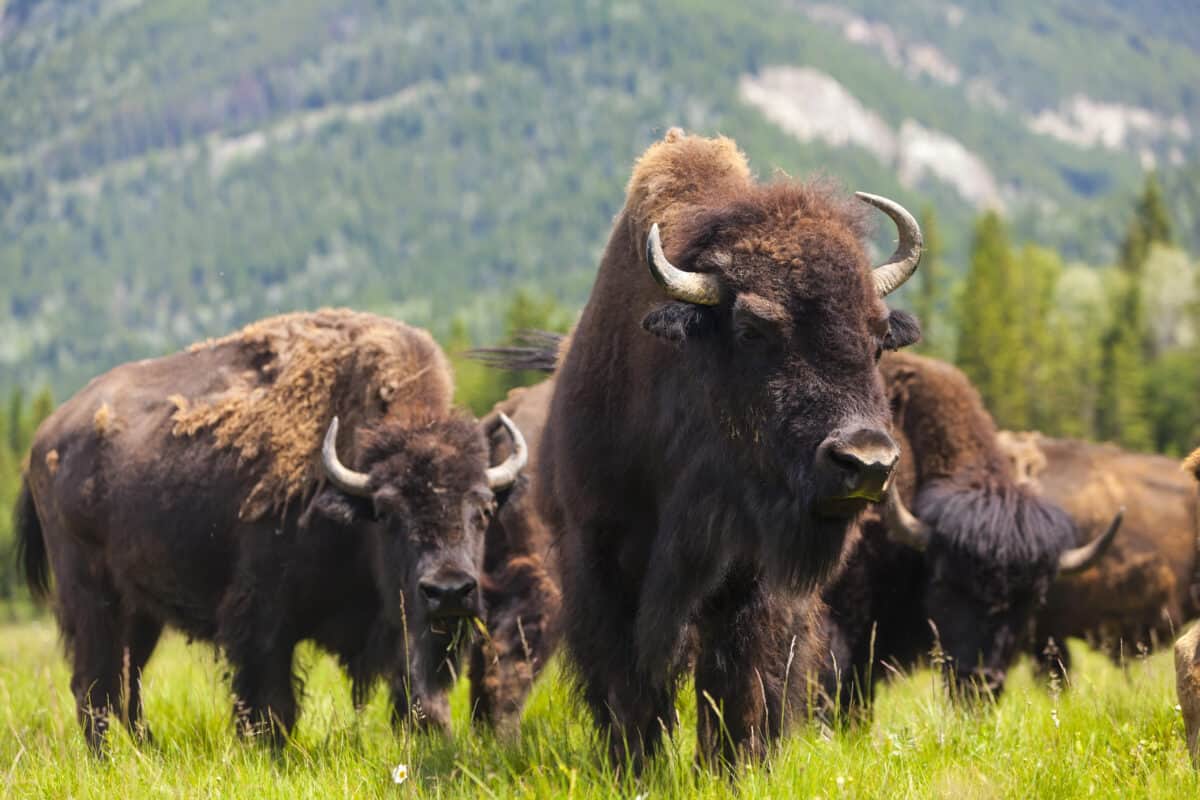
The American Bison form herds that change in size and composition according to season. During mating season the size of these herds increase because males join the herds to compete for mates. European Bison form smaller herds which are led by older females. The males tend to be solitary.
Social Structure of Buffalos
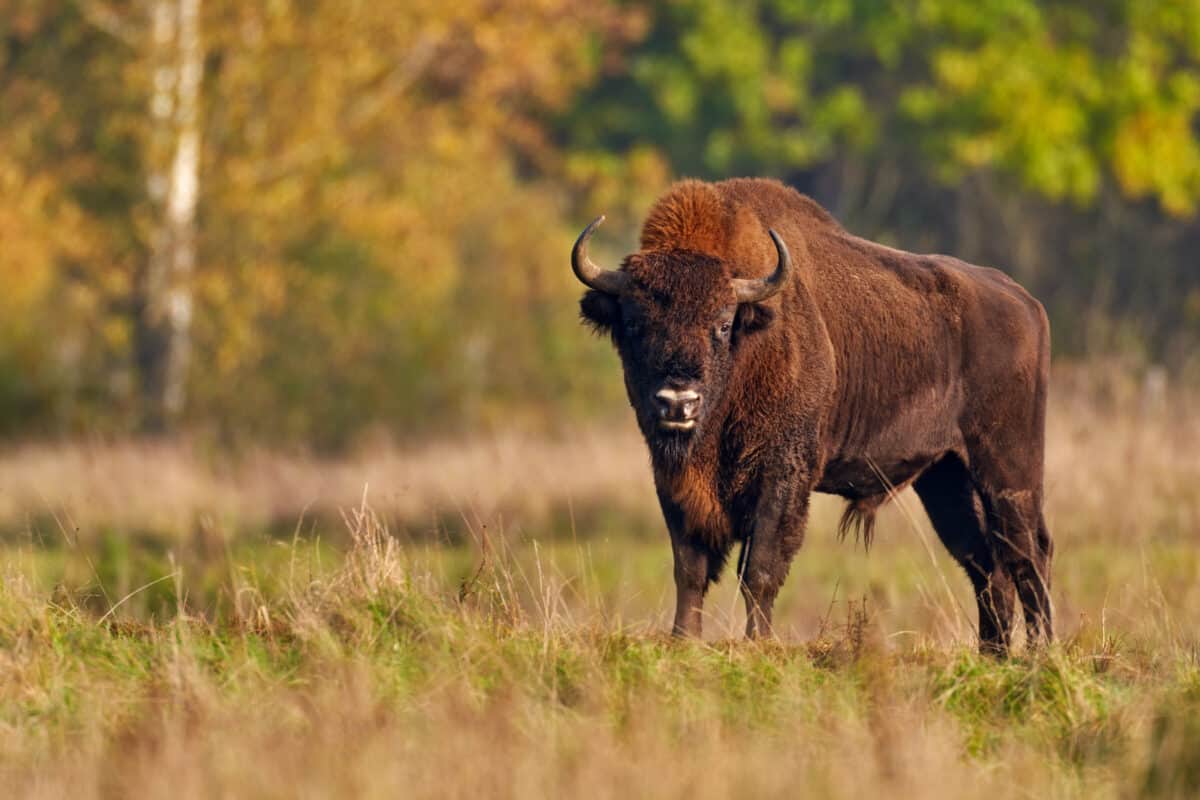
African buffalos live in much larger herds. These herds can number in the thousands. They are highly social and often subdivided into smaller family groups that are led by females. Water buffalo form large herds but are smaller in size compared to the Cape or African Buffalo.
Conclusion – Buffalo and Bison
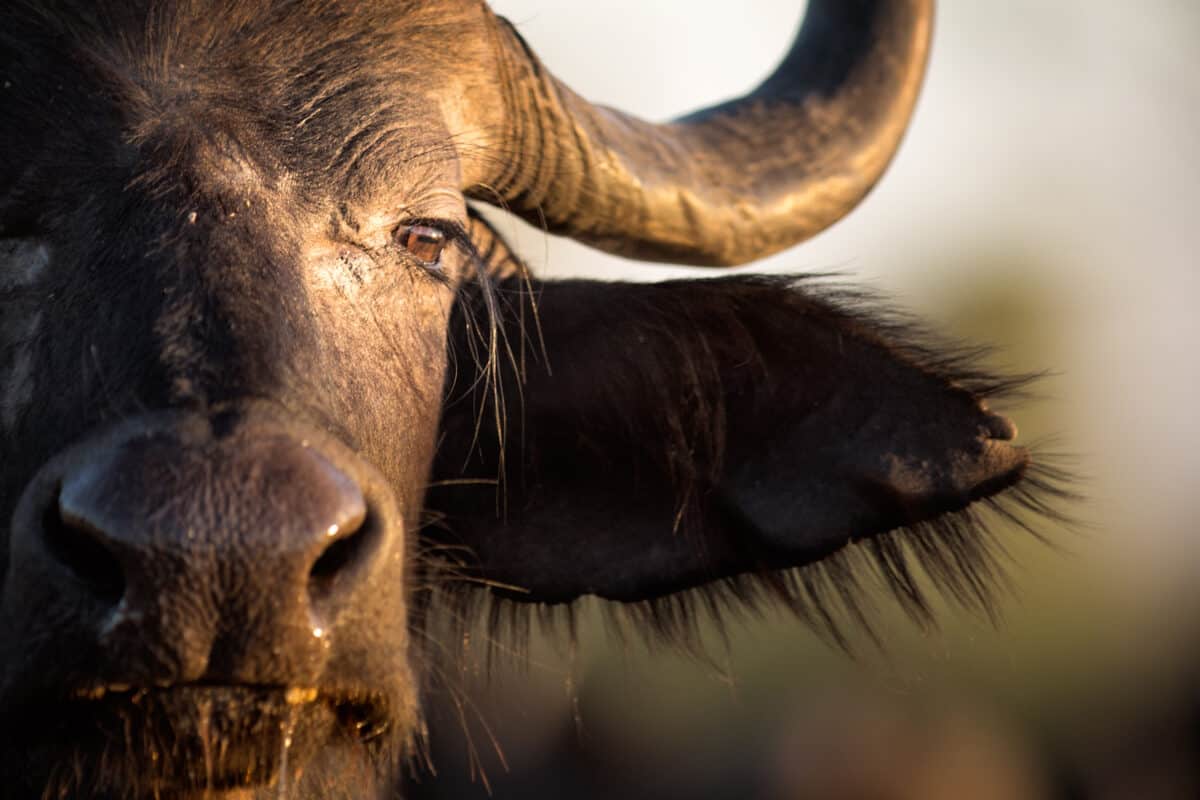
Both buffalo and bison play important roles in their ecosystems. Unfortunately, they are both threatened by habitat loss and historical hunting. Conservation efforts have although been successful and populations are on the rise! Now you know how to differentiate between a buffalo and bison.
You might also enjoy:
Watch: Why You Should Never Approach A Bison in Yellowstone National Park (Video)
Watch Viral Reporter’s Hilarious Reaction To Approaching Bison
Bison Makes A Run Straight At Tourist’s Car In Yellowstone National Park: “Oh My God”
- The History of the Invasive Bison on Santa Catalina Island - April 15, 2024
- Leopard Cub Found Amongst Sugarcane is Reunited with its Mom - April 15, 2024
- Bison vs. Buffalo - April 12, 2024

